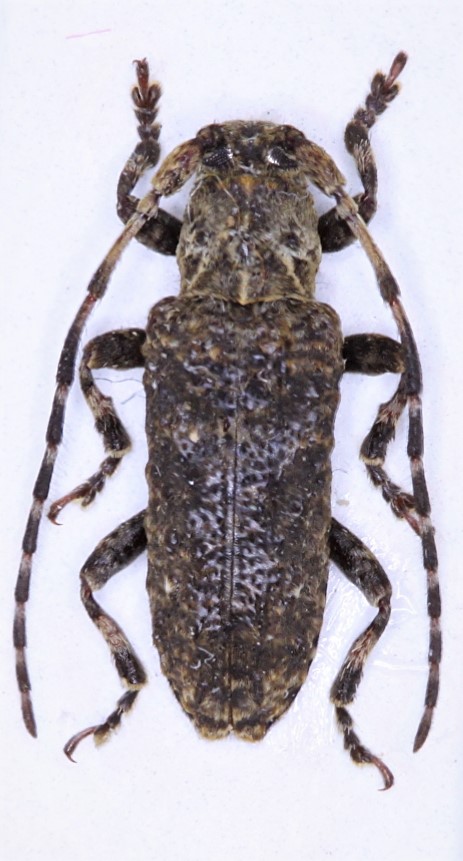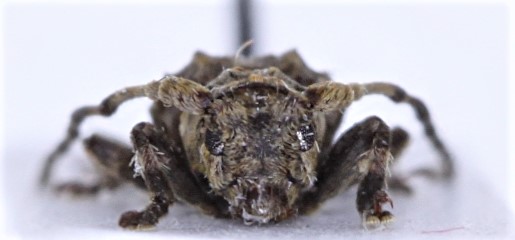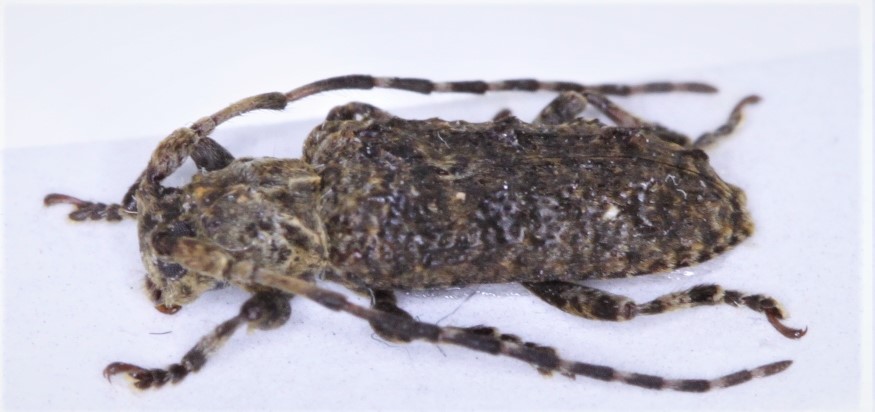| T O P I C R E V I E W |
| znort |
Posted - 23/05/2021 : 05:29:17
 

After quick research, I think it's a Callomecyna or really close to this genus.
I see some differences (elytra really nodulosed and the apex). If it's a Callomecyna, for me it's a new species for this genus.
André do you have another idea? |
| 6 L A T E S T R E P L I E S (Newest First) |
| znort |
Posted - 31/05/2021 : 02:10:49
quote:
Originally posted by Xaurus
Please forget Breuning, such features often are not useful, in your spm 3rd and 4th segments have nearly the same length, or.
I'm agree with you.
Yes for me 3rd an 4 th have same length and excluded Mimosybra for my specimen |
| Xaurus |
Posted - 27/05/2021 : 00:55:02
Please forget Breuning, such features often are not useful, in your spm 3rd and 4th segments have nearly the same length, or. |
| znort |
Posted - 24/05/2021 : 08:13:05
quote:
Originally posted by Xaurus
I think its an Apomecynini nearly sure, Callomecyna is very near or maybe even it belongs to Mimosybra, a small sps.
According the Breuning révision, I understand the difference between
Mimosybra and Callomecyna situaed in the third and fourth antenna segments.
3 as long as fourth or longer than fourth is Callomecyna
3 shorter than fourth is Mimosybra
I'm right André? |
| Xaurus |
Posted - 24/05/2021 : 00:37:48
I think its an Apomecynini nearly sure, Callomecyna is very near or maybe even it belongs to Mimosybra, a small sps. |
| znort |
Posted - 23/05/2021 : 17:10:41
quote:
Originally posted by Xavier
What's its length ?
It's look like a Mimocentrura sp. or Cristatosybra sp. (Desmiphorini) ?
But males Hyagnis sp. (Apomecynini) have also such spine at mid tibias.
Merci Xavier pour ta contribution et bien vu pour la dent sur le tibia intermédiaire. Je suis en train de traduire la clé des genres des Apomecynini de Breuning histoire de voir si j'arrive sur ce genre..
Il fait 8mm pour ta gouverne.... |
| Xavier |
Posted - 23/05/2021 : 08:19:16
What's its length ?
It's look like a Mimocentrura sp. or Cristatosybra sp. (Desmiphorini) ?
But males Hyagnis sp. (Apomecynini) have also such spine at mid tibias.
|


